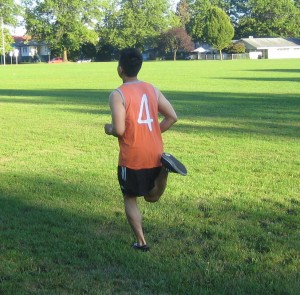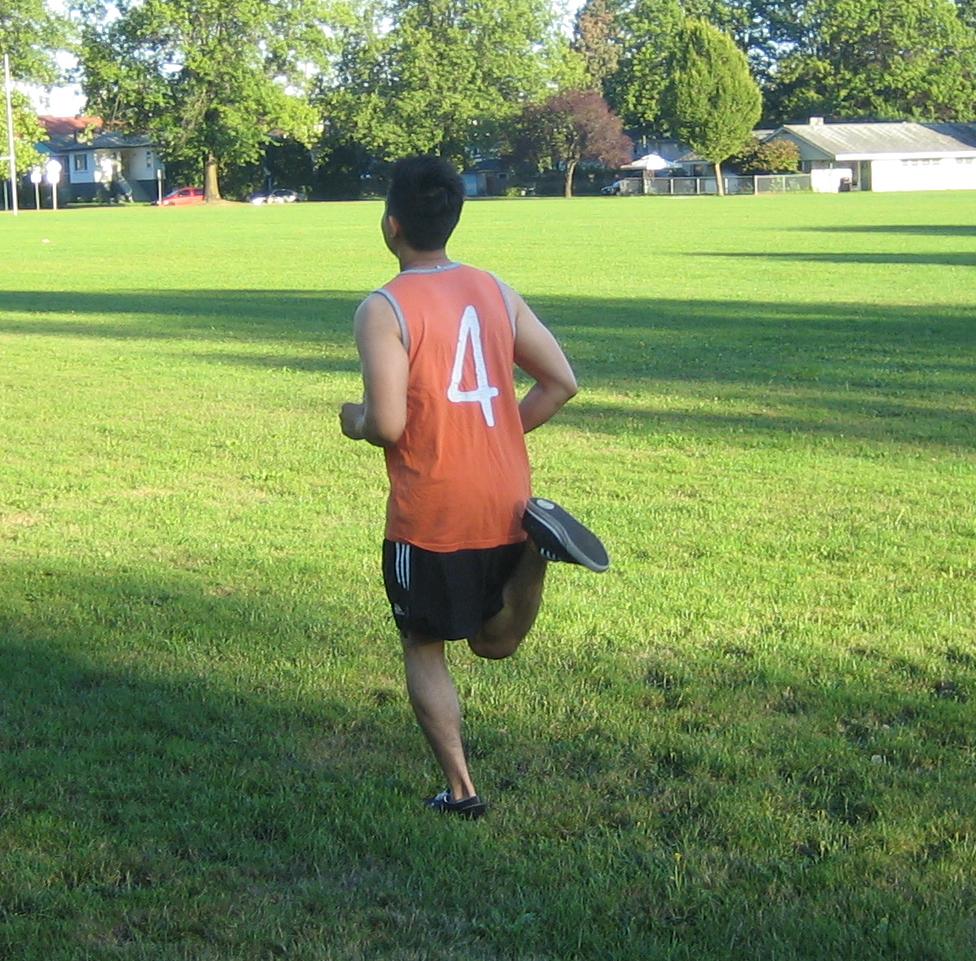Fungus is a member of a large group of eukaryotic organisms like yeast and molds. Humans are more susceptible to fungal infection. Some fungal infections affect both the internal and external parts of the body.
- Candidiasis – it is a fungal disease that affects the colon. The candida causes the lining of the colon to become inflamed. The colon becomes impacted with mucus and fecal impactions. The yeast grows well in sugar and gluten that people consume and they enter the bloodstream and into the body’s cells and organs of the body. This fungal disease can cause muscles and joint pains, gastritis, migraines, and even autoimmune diseases like chronic fatigue syndrome and Crohn’s disease.
- Mouth thrush – it is also known as oral thrush. It is a fungus infection that causes inflammation of the mouth’s lining. The symptoms are white, cream-colored or yellow spots that can be seen on the tongue at the roof of the mouth and throat, and do not cause pain, but bleeds if they are scraped off. People who are sick with cancer, diabetes and malnourished people are more susceptible to this disease. It is usually treated with anti-fungal lozenges and tablets.
- Penile and vaginal yeast infections – vaginal yeast infections usually cause itching, burning sensation and soreness and they are accompanied with a thick discharge that looks like cottage cheese that has a starchy odor. Men can also experience itching and odor with penile infection that affects the scrotum and the penis. The skin in these areas is dry and cracked during erections in men. The yeast infections can also cause small reddish bumps and some blisters. Drinking beer and candidiasis can cause yeast infection. This infection can be spread during sexual intercourse and this disease can be treated by Nystatin creams.
- Athlete’s foot – tinea pedis is a common fungus disease of the foot. The skin on top of the toes, between and under the toes becomes cracked and dry. Athlete’s foot can also occur on the top and bottom of the foot. People can acquire this disease from other people in public showers. Sweaty or wet socks and tight shoes can also cause athlete’s foot.
- Aspergillosis – is a fungal disease that affects the lungs. People who get this disease can have fever, chest pains, shortness of breath and even cough accompanied with blood. This fungus is common and it is found in decaying organic matter. A moldy ventilation system and contaminated air can cause aspergillosis. Strong anti-fungal drugs are used to treat this disease.
Tips and preventions of fungal diseases in humans

- Wear slippers in public pools and shower areas. Do not go barefoot in public places to prevent foot, fingernail and toenail fungus.
- Wear loose-fitting clothing and avoid dark, tight polyester clothing to avoid fungal infection in the skin.
- Wear white cotton socks and should be changed daily. Do not reuse socks and underwear that are not properly washed. Avoid wearing socks when going to bed.
- Spray your shoes daily with anti-fungal spray to prevent athlete’s foot and toenail fungus.
- Apply anti-fungal creams like Lotrimin if there is itchiness on your skin or feet. Apply this cream on your face or feet twice daily until the itching stops.
As part of first aid training, proper hygienic measures are observed when handling these conditions. You can take a course on basic first aid today.

